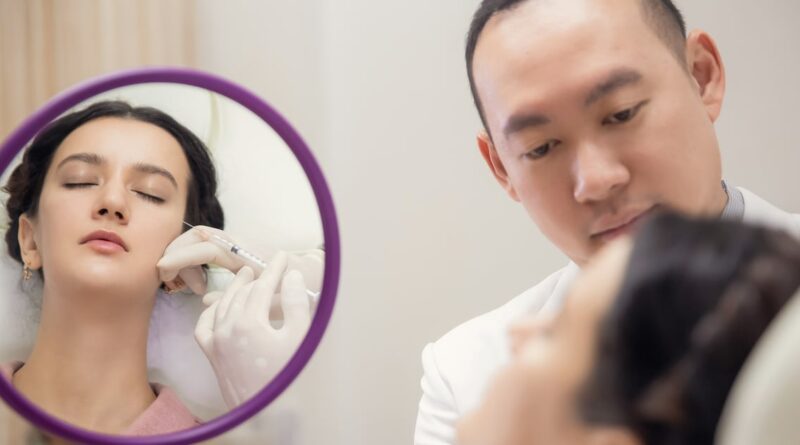Everything You Need to Know About Undereye Filler, According to a Pro
Within the last 10 years, cosmetic procedures like injectables have become much more of the norm, with people openly sharing their experiences with Botox and dermal fillers. With the latter, however, there’s a lot to know beforehand depending on the area you want to plump up.
For example, if you are interested in treating the wrinkles, hollowness, or dark circles around your eyes, you might be curious if undereye fillers can help. Because the topic is complicated, and requires the insight from a professional, we asked board-certified dermatologist and dermatologic surgeon Ellen Marmur, MD, to answer your every question.
Keep reading to learn everything you need to know about getting undereye filler – from what it is, how much it costs, and downtime – below.
What Are Undereye Fillers?
Dermal fillers sit underneath the surface of the skin and are meant to plump, smooth, and sculpt. Fillers can be made from several different substances, the primary being hyaluronic acid, a naturally occurring substance in your skin that helps to add volume and hydration (more on that later), while others can be made of collagen, calcium hydroxylapatite, or Poly-L-lactic acid. Many of them will sometimes include a little bit of lidocaine to help numb and offset the pain. You can check out the FDA’s website for a full brief on each material.
There are several different types of HA-based fillers that are used depending on the area of the face being injected and your overall facial structure. The most common come from three overarching families: Juvederm, Restylane, and Belotero. Each filler’s formulation differs based on where it’s meant to be injected and what result you’re looking for – one isn’t necessarily better than the other, so your doctor should talk you through why they’ve chosen a specific type.
For most undereye procedures, Dr. Marmur says she uses Restylane because it works primarily to smooth out wrinkles and folds.
What Can (and Can’t) Undereye Filler Do?
Common concerns that plague the undereye area are fine lines, discoloration, hollowness, and puffiness – and sometimes all of them combined. Let’s start with what fillers can help: wrinkles. These come with age – as you get older, your skin starts to thin and your bones and fat begin to dissolve.
“By putting fillers under the eyes, you can actually lift and shift the skin,” says Dr. Marmur. “We add filler so that your skin has something to slide over smoothly instead of creating a wrinkle. You’re making less wrinkles and shifting them to radiate out where they should, which is outside your face, not down your cheeks.”
Puffiness, not so much. “Puffiness is technically what fillers shouldn’t be able to fix, but we can obscure puffiness by sculpting and supporting the skin,” says Dr. Marmur. The type of puffiness that is not affected by fillers is what’s called festooning. “Festooning means there’s a distinction, like a seam, between the under eyelid skin and the cheek,” she says. “Let’s say you had too much to drink the night before or you had salty soy sauce with your sushi, you’re going to retain water in your face and it’s going to get trapped in your under eyelids, called a festoon. Fillers can’t fix this.”
Discoloration – or dark circles – faces a similar fate when it comes to fillers. If the pigmentation is caused by thin skin sitting on top of purplish muscle and blood vessels, then you can add a layer of filler between the skin and the muscle that will cushion the color. “You’re just adding a layer that creates a nicer reflection of light off the face and some illumination,” says Dr. Marmur. Likewise, if the darkness is being caused by a hollowing out of your bone (which just comes with age), fillers can plump that back up. What fillers cannot fix is pigmented skin itself.




